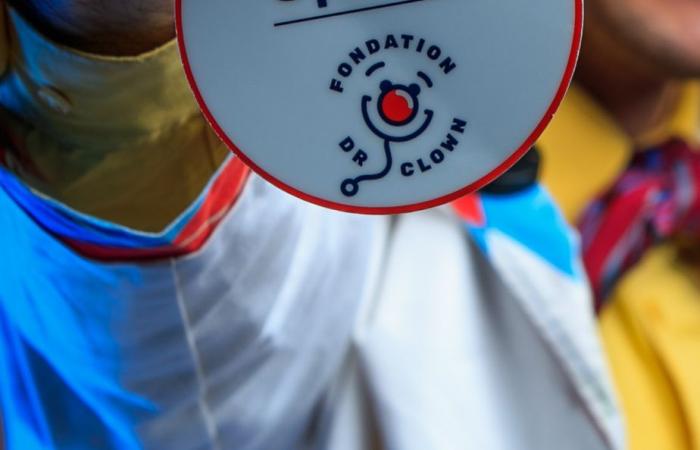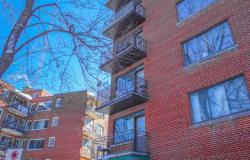The St-Raphaël Palliative Care Home and Day Center and the Fondation Dr Clown have recently announced a new collaboration with the aim of exploring the therapeutic potential of clowns in a palliative care context.
Published at 10:21 a.m.
Jean-Benoit Legault
The Canadian Press
Although its artists are associated with sick children in the popular imagination, this foray by the Fondation Dr Clown in the field of palliative care is not necessarily new, recalled its co-founder, Melissa Holland.
“We have always operated in CHSLDs, therefore with the elderly, so it is certain that we have experienced several moments of palliative care, end of life, for people who live in long-term care environments” , she explained.
Two artists from the foundation wanted to “refine this moment of life which is truly distinct” with someone who has cognitive loss or who is in an institution. “What is special about this reality? Is there anything else the clown can get,” said Mme Holland.
In 2018, the organization carried out a pilot project with people at the end of their lives in CHSLDs, which then led to a deployment in different establishments of artists from the Fondation Dr Clown.
D’s therapeutic clownsr Clown visited the beneficiaries of Maison St-Raphaël for the first time in October 2024, and their fortnightly visits will continue until June 2025.
Maison St-Raphaël joins the Jewish Hospital of Montreal, Mount Sinai Hospital and Marie-Clarac Hospital among the Montreal establishments visited by therapeutic clowns.
“It was definitely something that interested us and intrigued us,” said the director of therapeutic services at Maison St-Raphaël, Véronique Després. When the Foundation Dr Clown approached us, we were really interested in trying the experience. »
A different approach
It’s one thing to relate to a sick child who, even if he or she isn’t doing very well right now, has a good chance of coming home one day, Ms.me Holland.
It’s quite another to enter into a relationship with an adult whose days are numbered.
“It’s an almost sacred moment,” she said. We are always sensitive to the reality of the end of life. When we knock on the door and ask if we can come in, we are very aware that a refusal is also okay, that it is not a good time. We don’t insist. »
Especially, she recalled, that the foundation’s clowns do not show up on site dressed in psychedelic costumes, decked out in enormous wigs and heavily made-up. “We are dressed as travelers, as if we were accompanying people who are going on the greatest journey of their lives,” said M.me Holland.
An intervention by clowns in a palliative care context “can make a big difference and even give rise to unforgettable moments”, confided Mme After
“We observe something playful, and even poetic, in their intervention with customers,” she said. People often think that palliative care is a sad and dark place. But we can laugh, even at the end of life. I would even say that there is room for joy, and I think that the intervention of the clowns brings that too. »
A hospice, she added, “is a living environment.” The simple fact of coming across the clowns in the corridors or in the dining room “has a very significant impact within the team”.
The end of life is such a delicate moment, said Mme Després, that it cannot be reduced to the doctor who arrives with his medicines or the nurse who comes to provide comfort care.
“It takes an interdisciplinary approach,” she explained. You have to imagine a guitar with several strings, and each string is important to play a melody. Clowns will be a new string to our guitar. »






